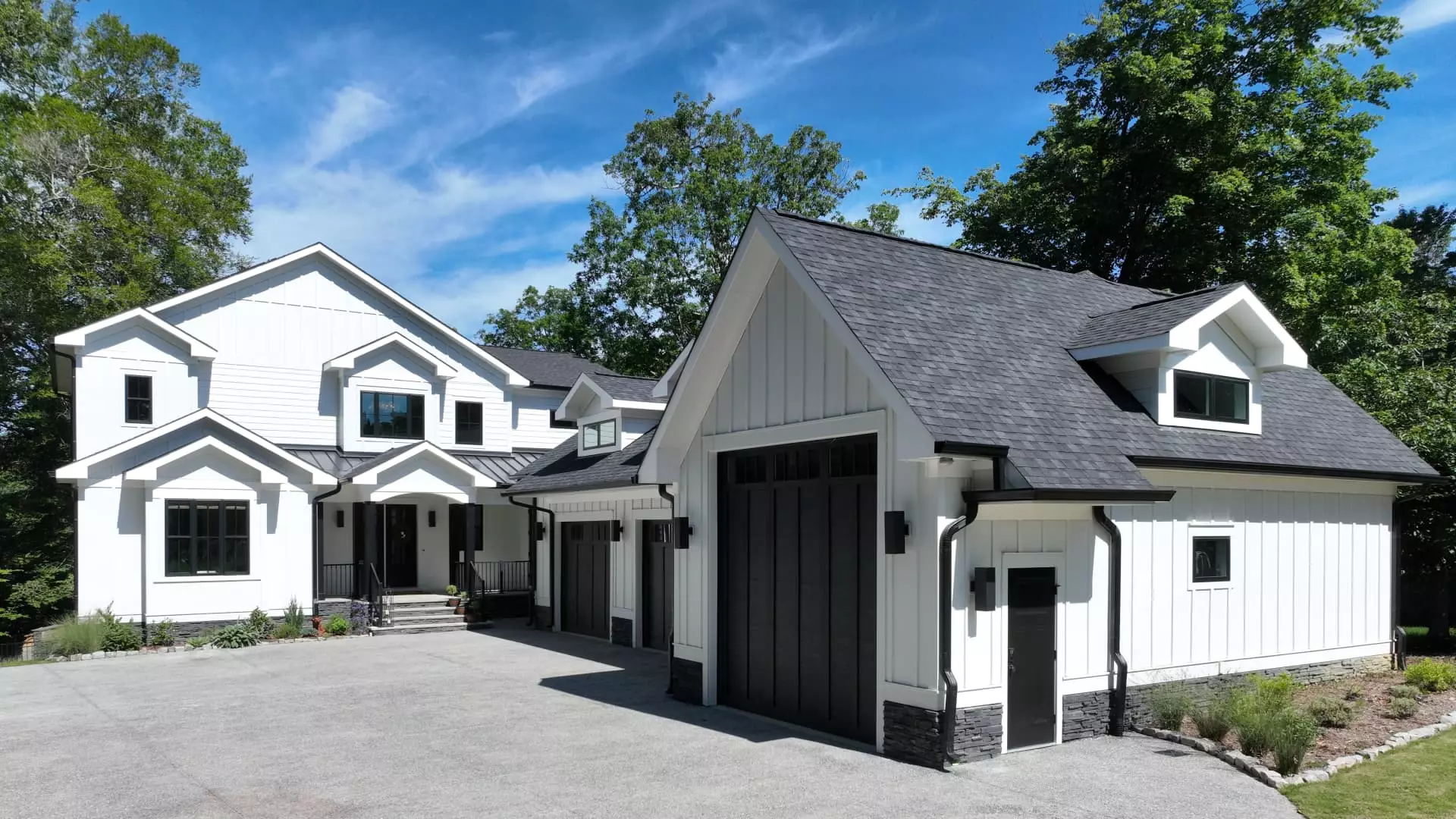In the quest to combat climate change, the real estate sector emerges as a crucial factor, highlighted by recent findings from federal officials. Residential and commercial buildings significantly contribute to greenhouse gas emissions in the United States, responsible for approximately 31% of the total emissions. This figure includes indirect emissions, such as those resulting from electricity consumption. The scope of this issue transcends the emissions from transportation or agriculture, underscoring the critical need for reform in this sector. As such, tackling energy consumption in buildings is not just an environmental imperative but also an economic opportunity.
In recognition of the pivotal role that buildings play in greenhouse gas emissions, the Biden administration has instituted several policies aimed at cutting residential emissions. A landmark piece of legislation, the Inflation Reduction Act, enacted in 2022, offers a variety of financial incentives, including tax breaks and rebates for homeowners who enhance the energy efficiency of their properties. These measures aim to make sustainable living not only achievable but also economically viable for a broader population.
Earlier this year, the White House issued guidelines defining “zero emissions” buildings, clarifying that these structures must be energy-efficient and devoid of onsite emissions from energy use. Moreover, they must derive their energy exclusively from clean, renewable sources. These guidelines underscore the importance of innovation in construction practices and the necessity of embracing alternative energy sources.
The application of these principles can be observed in the experience of individuals like Morgan Wojciechowski, who recently received a “zero emissions” certification for her Williamsburg, Virginia home. This designation, awarded by Pearl Certification, showcases the potential for sustainable living in practice. With her newly built residence, Wojciechowski, who leads a local real estate development firm focused on green construction, effectively exemplifies how modern building techniques can yield both environmental and economic benefits.
Morgan’s home, while on the larger side at 5,800 square feet and costing approximately $1.1 million, offers noteworthy insights into energy efficiency. She emphasizes that her home operates entirely on electric power and is powered by renewable energy sourced from a partnership with her energy provider, Dominion. This arrangement not only reduces her carbon footprint but also enhances her habitat’s sustainability.
An intriguing aspect of Wojciechowski’s sustainable lifestyle is the financial savings associated with her environmentally friendly home. Her annual utility bills are projected to be around $917, or roughly $80 per month, contrasted with an average U.S. household. Reflecting on broader savings, her energy-efficient home—with the integration of solar panels—yields an impressive annual savings estimate of $7,226 compared to a standard home, emphasizing the economic viability of such investments.
This impressive savings results from the operation of solar panels and a mechanism known as net metering. Through this system, excess energy produced by the solar panels is fed back into the grid, allowing Wojciechowski to earn credits that offset her utility costs. This model illustrates the potential for sustainable energy systems to provide practical financial incentives to homeowners.
For homeowners considering upgrades to enhance energy efficiency, Wojciechowski advises starting with practical improvements—such as upgrading windows and insulation—to seal leaks and reduce energy loss. Simplifying the initial steps can make sustainable improvements more achievable, especially for older homes that might require significant retrofitting.
Wojciechowski underscores the importance of an energy-efficient foundation by stating that solar panel installations are more effective when coupled with an adequately energy-efficient home. Alternatively, homeowners may explore tax incentives provided for energy-efficient improvements as a means to bridge affordability gaps, thus elevating long-term financial and environmental benefits.
However, not everyone has the privilege of homeownership; renters may feel disempowered when it comes to managing energy efficiency in their spaces. While larger changes may require landlord approval, simple actions such as mindful use of electricity—turning off lights, utilizing timers, or conserving energy—can contribute to overall sustainability goals within rental agreements.
The key takeaway here is that the path to sustainability in the real estate sector does not solely rely on substantial investments. Rather, it encourages all individuals, wherever they reside, to engage with energy conservation actively. With both governmental support and personal initiatives, it is possible to make a collective impact and move toward a greener future.
The intersection of real estate, climate policy, and individual action presents a powerful avenue for combating climate change. As awareness grows and initiatives develop, integrating sustainability into our living spaces becomes both a practical necessity and a moral obligation.


Leave a Reply